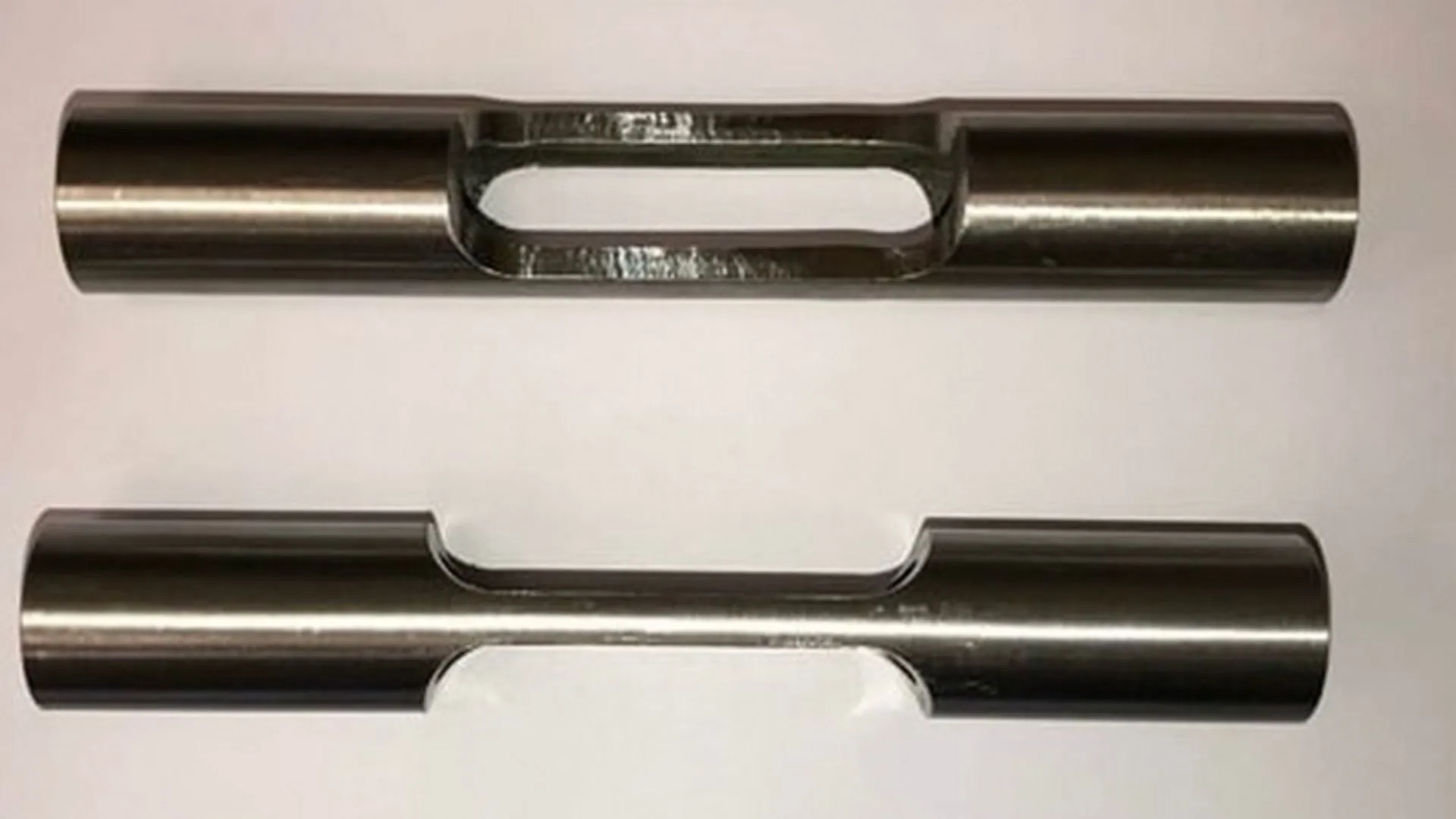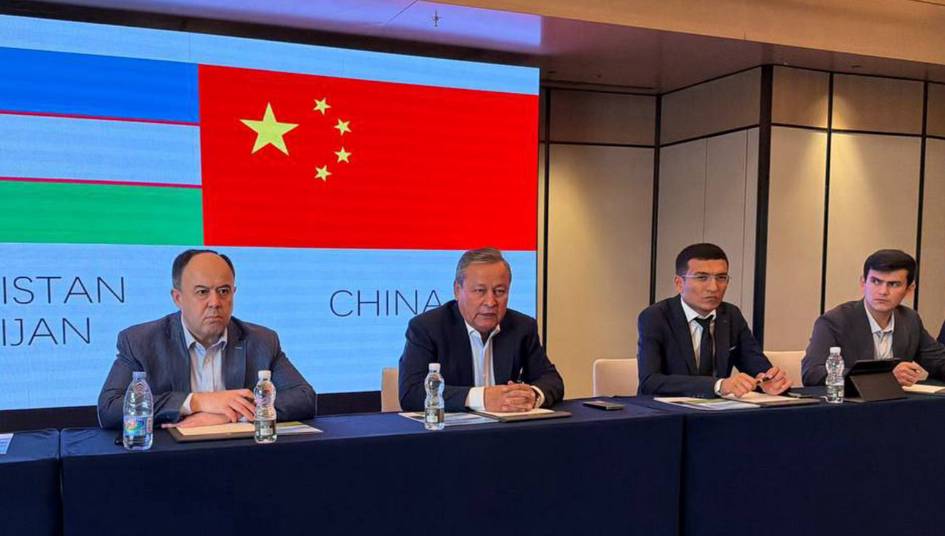Copyright Interesting Engineering

Russia has completed a large-scale, strategically important research initiative critical to developing next-generation nuclear energy. Specialists at the All-Russian Thermal Engineering Institute (VTI) have completed a large-scale, multi-year research project on a key structural material. The results of this exhaustive testing have already been transferred to design companies for immediate use. The project, described as foundational for future nuclear development, involved a series of long-term strength tests on pipes made from EP302M-Sh steel. This specific corrosion-resistant, heat-resistant alloy is a critical component designated for the construction of next-generation nuclear reactors. The data obtained provides a guaranteed baseline for the material’s performance, which is essential for designing and engineering advanced power plants. Unprecedented duration and technical complexity The uniqueness of the research lies in its unprecedented duration and technical complexity. The total test base for the steel samples amounted to approximately 400,000 hours. Individual samples were subjected to continuous stress and high temperatures for over 25,000 hours, equivalent to nearly three years of uninterrupted testing for a single piece. This extensive duration was necessary to accurately model the material’s behavior over the long operational life of a nuclear facility. Overcoming complex geometry of pipe samples VTI engineers faced a significant engineering challenge due to the complex geometry of the pipe samples. The pipes were miniature, with a diameter of only 18 millimeters and a wall thickness of just 3 millimeters. This small size made standard testing procedures impossible. In response, the institute’s specialists had to develop original methods, which included designing and fabricating a special type of test sample and a unique fastening system to properly conduct the tests. This “unique volume of experimental work,” as noted by the institute, was conducted across a wide range of temperatures and loads to simulate the extreme conditions inside an advanced reactor. “The research conducted is more than just a test cycle; it’s the creation of a reliable scientific and technical foundation for future breakthrough projects in nuclear energy,” said Ivan Boltenkov, CEO of JSC VTI. He stressed the practical implications of the findings. “The guaranteed design characteristics we’ve obtained will allow us to design equipment with a high margin of reliability and safety,” he said. The successful completion of this research and the transfer of its data to design firms mark a critical step forward. The guaranteed long-term strength characteristics of EP302M-Sh steel will now be integrated into the design blueprints for new power plants. Parallel developments for next-gen reactors This advancement in structural materials runs parallel to, and is designed to support, simultaneous innovation in the fuel technology for these same reactors. While VTI’s work ensures the reactor’s structural integrity and safety, other divisions are focusing on improving the efficiency of the power source itself. Earlier, in another development, the Fuel Division of Rosatom manufactured and accepted a new type of nuclear fuel assembly, designated OS-5. The assembly is designed for use in fourth-generation fast neutron reactors and features mixed nitride uranium-plutonium (SNUPP) fuel that incorporates a liquid metal sublayer.



